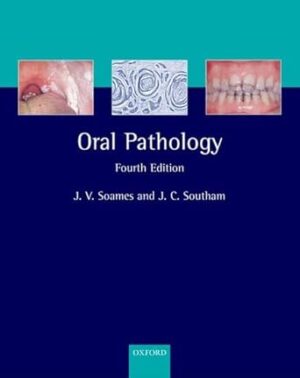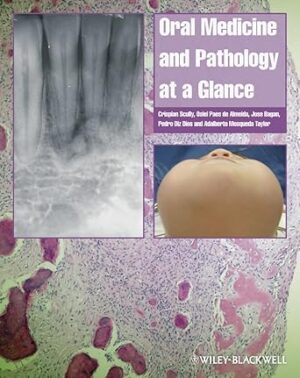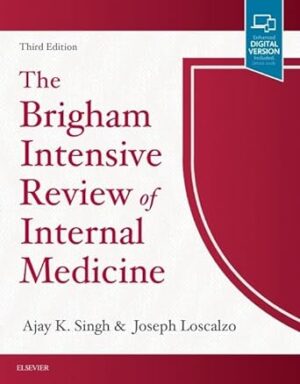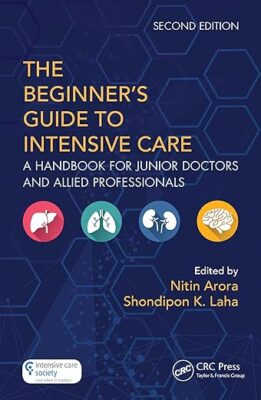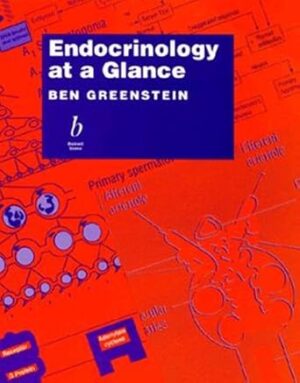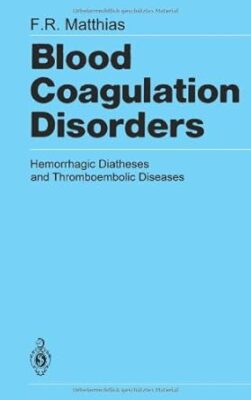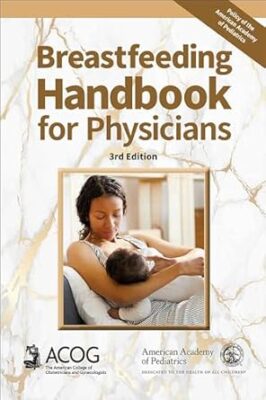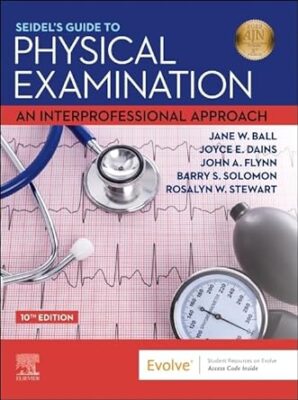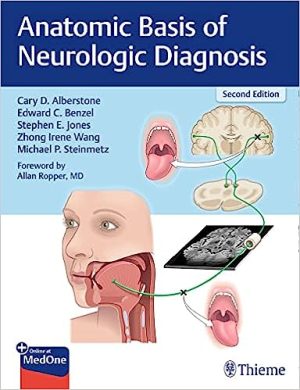Oral Pathology 4th Edition
Firmly established as the textbook of choice on the subject, Oral Pathology is unique in its comprehensive coverage at a level suitable for both undergraduate dental students and practitioners. Highly illustrated in full color, the new edition continues to provide clear, concise and comprehensive coverage of the clinical and pathological features of a wide range of oral diseases. It discusses their causes and the underlying mechanisms, and describes how changes in the structure and function of oral tissues relate to clinical presentation. Oral Pathology includes numerous full color photographs throughout and key points indicate to the reader the most important aspects of a subject and to assist with revision. The content has been thoroughly updated to cover recent advances in the classification or oral, in diagnosis and management, and in the molecular biology and current hypotheses of pathogenesis.









